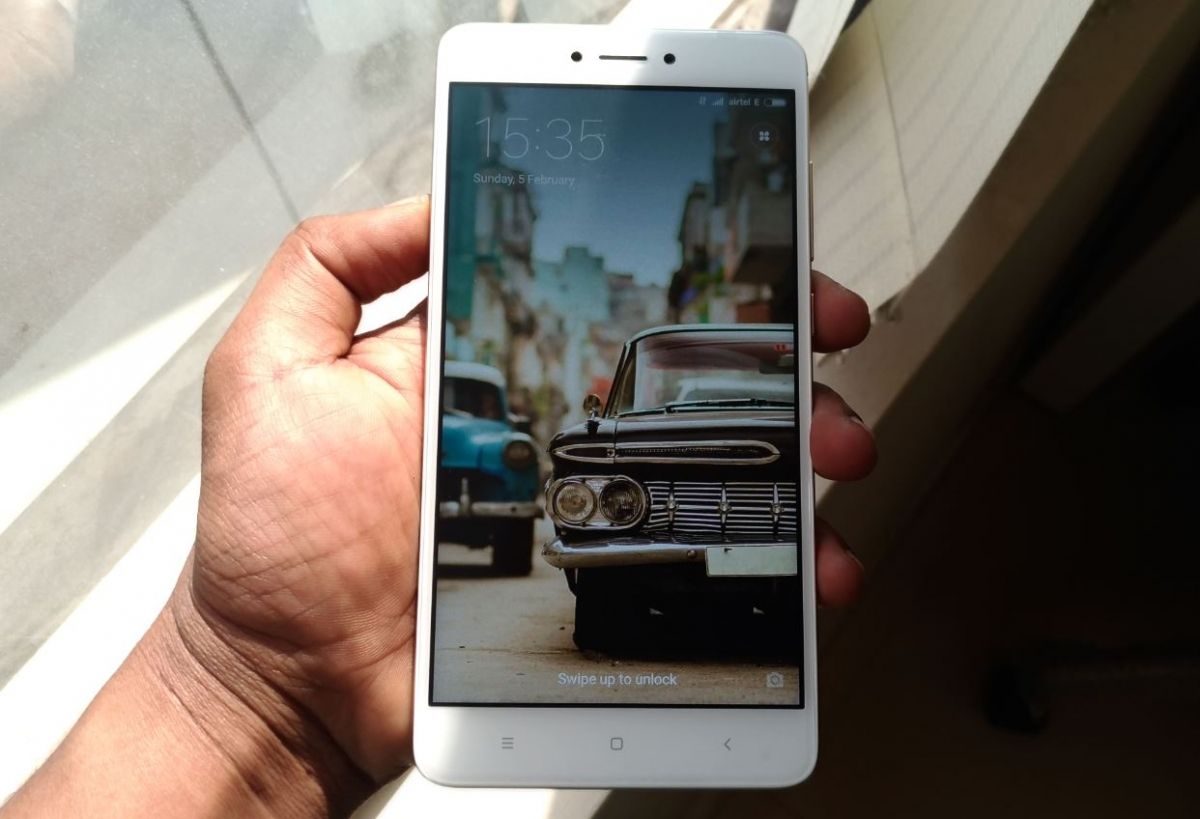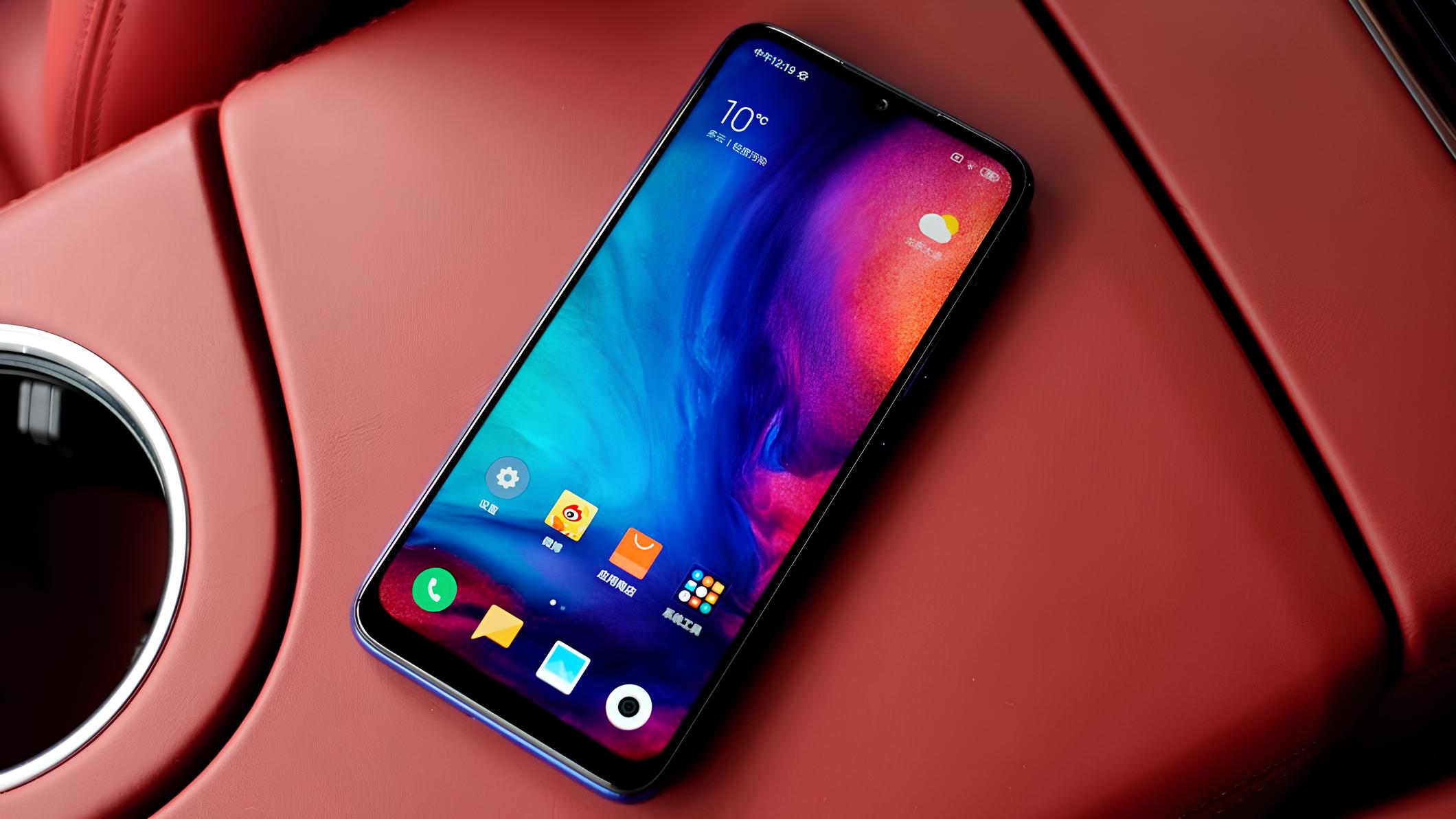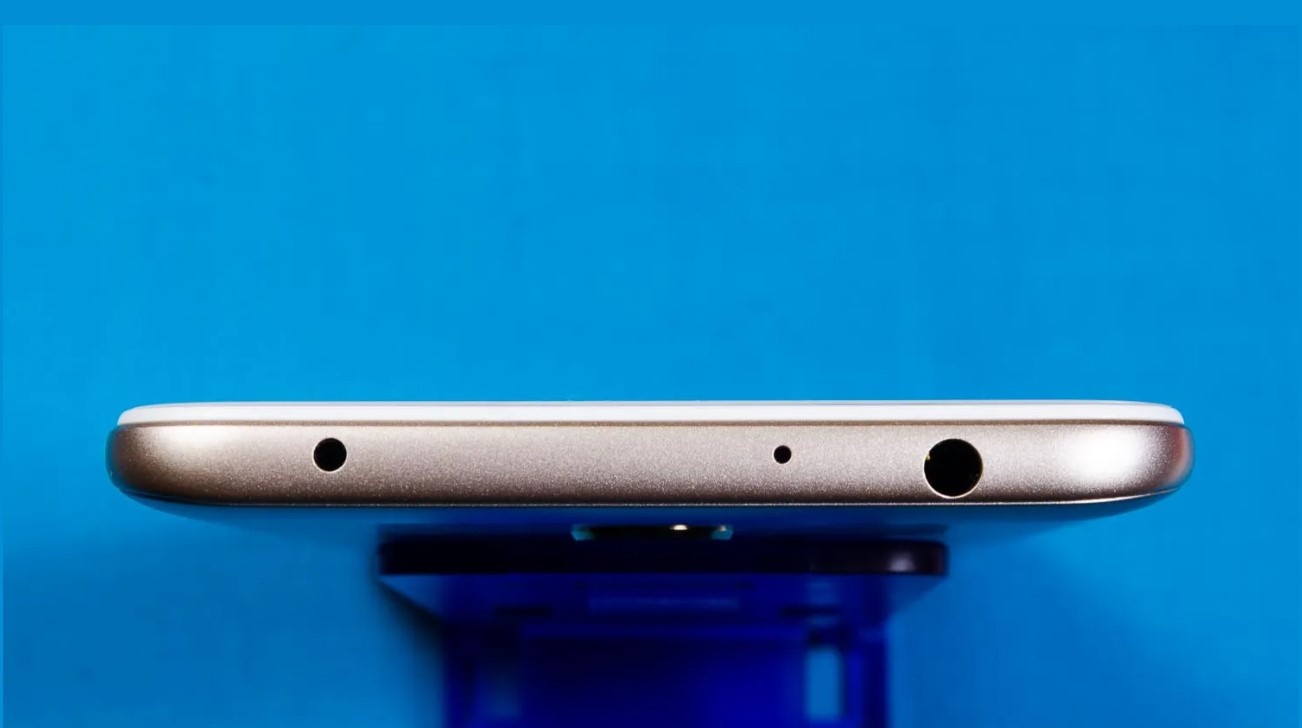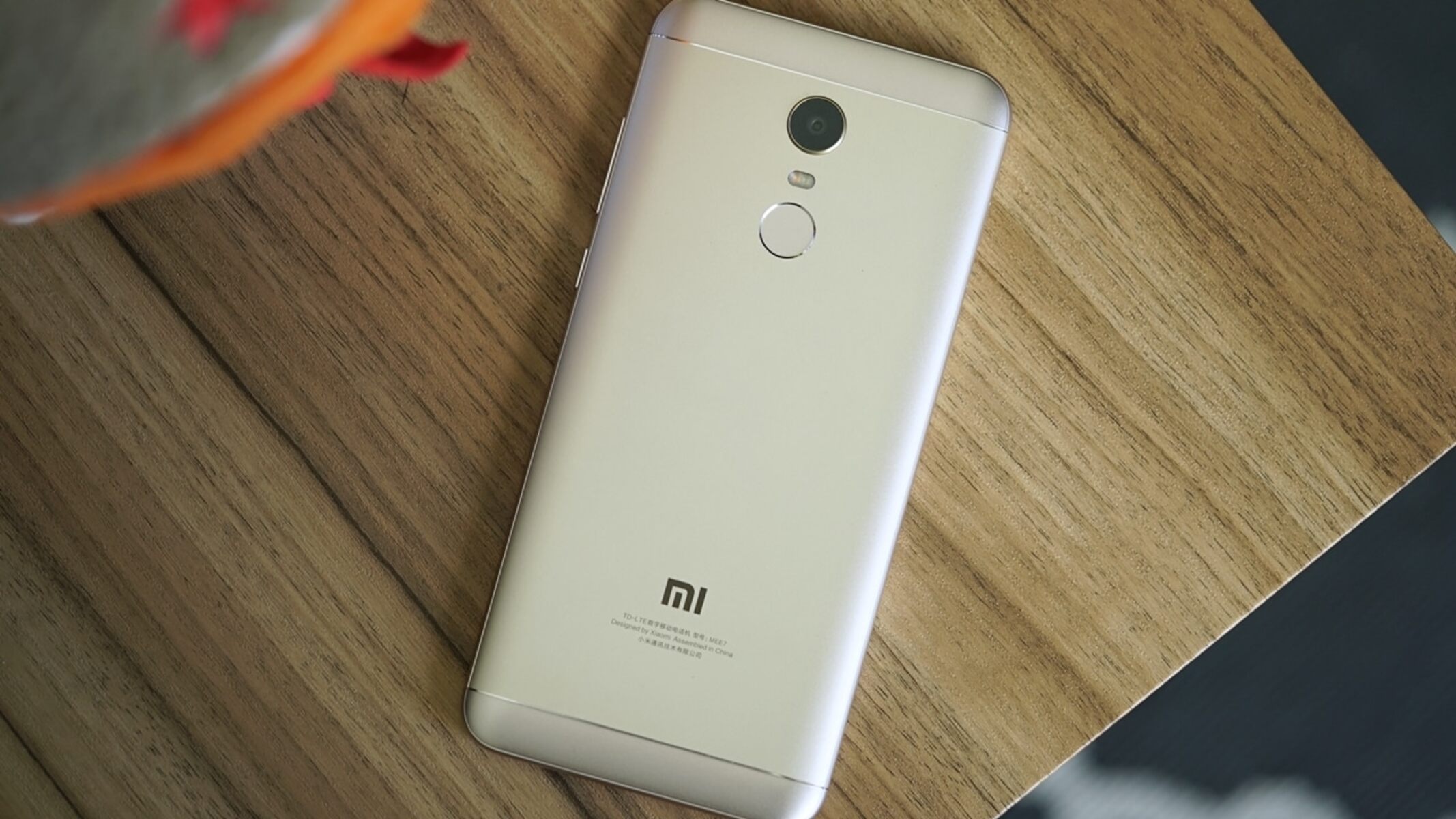Introduction
Rooting your Redmi Note 10S without a PC can be an empowering experience, allowing you to unlock the full potential of your device and customize it to suit your preferences. With the right tools and a clear understanding of the process, you can gain elevated control over your smartphone's operating system and access advanced features that were previously off-limits.
By following this hassle-free guide, you can embark on a journey to unleash the true capabilities of your Redmi Note 10S without the need for a computer. This process can open up a world of possibilities, from installing custom ROMs to optimizing performance and battery life. It's a gateway to a more personalized and efficient mobile experience.
In the following sections, we will delve into the step-by-step instructions for rooting your Redmi Note 10S without a PC. Before diving into the process, it's essential to ensure that you meet the necessary prerequisites and understand the implications of rooting your device. Once you've familiarized yourself with the prerequisites, we can proceed to the exciting journey of unlocking the full potential of your Redmi Note 10S.
Prerequisites
Before embarking on the journey to root your Redmi Note 10S without a PC, it's crucial to ensure that you have the necessary prerequisites in place. Rooting a device involves modifying the operating system, which can have significant implications for its functionality and security. Therefore, it's essential to approach the process with caution and a clear understanding of the prerequisites involved.
1. Battery Level and Backup
First and foremost, ensure that your Redmi Note 10S has an adequate battery level. Rooting a device can be a time-consuming process, and it's essential to have sufficient battery power to avoid interruptions. It's recommended to have a minimum of 50% battery level before initiating the rooting process.
Additionally, creating a backup of your important data is highly advisable. While the rooting process itself does not necessarily lead to data loss, it's always better to err on the side of caution. Backing up your photos, videos, documents, and other essential files ensures that your data remains safe and accessible, providing peace of mind throughout the rooting process.
2. Reliable Internet Connection
A stable and reliable internet connection is crucial for downloading the necessary files and tools required to root your Redmi Note 10S. Whether you're using Wi-Fi or mobile data, ensure that your internet connection is stable to avoid any interruptions during the download and installation process.
3. Understanding the Risks
Rooting your Redmi Note 10S involves modifying the device's operating system, which can void the warranty and potentially lead to security risks if not done correctly. It's important to understand the implications of rooting your device and accept the associated risks. By gaining a clear understanding of the potential consequences, you can make an informed decision about whether rooting is the right choice for you.
4. Developer Options and USB Debugging
To enable the rooting process, you'll need to have Developer Options and USB Debugging enabled on your Redmi Note 10S. These settings allow for advanced access to the device's software and are essential for successful rooting without a PC. We will delve into the step-by-step instructions for enabling Developer Options and USB Debugging in the subsequent sections.
By ensuring that these prerequisites are met, you can approach the rooting process with confidence and a clear understanding of the necessary preparations. With these foundational elements in place, you're ready to embark on the exciting journey of rooting your Redmi Note 10S without a PC.
Step 1: Enable Developer Options
Enabling Developer Options on your Redmi Note 10S is the first crucial step towards rooting your device without a PC. Developer Options provide access to advanced settings and debugging tools, allowing for greater control over the device's software and system functions. By following the simple steps outlined below, you can unlock Developer Options and pave the way for the subsequent stages of the rooting process.
-
Open Settings: Begin by unlocking your Redmi Note 10S and navigating to the "Settings" app, which can typically be found on the home screen or in the app drawer. The Settings app is the central hub for configuring various aspects of your device's software and preferences.
-
About Phone: Within the Settings menu, scroll down and locate the "About phone" or "About device" option. This section contains essential information about your Redmi Note 10S, including the device model, software version, and other details.
-
Build Number: Tap on the "About phone" option to access detailed device information. Look for the "Build number" entry, which is usually located towards the bottom of the list. The Build number represents the specific software build installed on your Redmi Note 10S.
-
Tap Build Number: To enable Developer Options, you'll need to tap the "Build number" entry multiple times. Upon tapping the Build number, you may be prompted to enter your device's security PIN or pattern to confirm your action. Keep tapping the Build number repeatedly until you see a message indicating that Developer Options have been unlocked.
-
Developer Options Unlocked: Once you've successfully tapped the Build number multiple times, a message will appear, confirming that Developer Options have been unlocked on your Redmi Note 10S. This signifies that you now have access to advanced settings and debugging tools that are typically hidden from standard users.
By following these straightforward steps, you can enable Developer Options on your Redmi Note 10S, laying the groundwork for the subsequent stages of the rooting process. With Developer Options unlocked, you're one step closer to harnessing the full potential of your device and customizing it to suit your preferences.
Step 2: Enable USB Debugging
Enabling USB debugging on your Redmi Note 10S is a pivotal step in the process of rooting your device without a PC. USB debugging allows for a direct line of communication between your smartphone and a computer, enabling advanced operations such as rooting, debugging, and data transfer. By following the detailed steps outlined below, you can seamlessly enable USB debugging and pave the way for the subsequent stages of the rooting process.
-
Open Settings: Begin by unlocking your Redmi Note 10S and navigating to the "Settings" app, which serves as the central hub for configuring various aspects of your device's software and preferences.
-
Developer Options: Since you have already unlocked Developer Options in the previous step, you can now access this advanced set of settings. Scroll through the Settings menu to locate the "Additional Settings" option, which often contains Developer Options and other advanced configurations.
-
USB Debugging: Within the Additional Settings menu, find and tap on the "Developer Options" entry. This will grant you access to a range of advanced settings that are typically hidden from standard users. Look for the "USB debugging" option within the Developer Options menu.
-
Enable USB Debugging: Upon locating the "USB debugging" option, toggle the switch to enable this feature. You may encounter a prompt requesting confirmation to enable USB debugging. Simply confirm the action to activate USB debugging on your Redmi Note 10S.
-
Security Prompt: As a security measure, your device may display a prompt to confirm the connection when a computer attempts to establish a USB debugging connection. Simply select "Allow" to grant the computer permission to communicate with your Redmi Note 10S via USB debugging.
By following these straightforward steps, you can enable USB debugging on your Redmi Note 10S, setting the stage for the subsequent stages of the rooting process. With USB debugging activated, your device is now prepared for the next steps in the journey to unlock its full potential without the need for a PC.
Step 3: Download and Install KingoRoot APK
Once you have successfully enabled Developer Options and USB debugging on your Redmi Note 10S, the next crucial step in the process of rooting your device without a PC is to download and install the KingoRoot APK. KingoRoot is a popular and reliable tool that provides a hassle-free method for rooting Android devices, including the Redmi Note 10S. By following the detailed steps outlined below, you can seamlessly download and install the KingoRoot APK, paving the way for the final stage of rooting your device.
-
Download KingoRoot APK: Using the internet browser on your Redmi Note 10S, navigate to the official KingoRoot website or a trusted source for downloading the KingoRoot APK. Ensure that you download the APK file from a reputable source to avoid potential security risks.
-
Allow Installation from Unknown Sources: Before proceeding with the installation, you may need to allow installation from unknown sources on your device. To do this, navigate to the Settings app, then to the Security or Privacy settings, depending on your device's configuration. Locate the option for "Unknown sources" and enable it to grant permission for installing apps from sources other than the Google Play Store.
-
Locate the Downloaded APK: Once the KingoRoot APK is successfully downloaded, navigate to the "Downloads" folder on your Redmi Note 10S to locate the APK file. Alternatively, you can access the downloaded file from the notification panel or the internet browser's download manager.
-
Initiate Installation: Tap on the downloaded KingoRoot APK file to initiate the installation process. You may be prompted to review the permissions required by the app before proceeding with the installation. Once you have reviewed the permissions, proceed to install the KingoRoot APK on your Redmi Note 10S.
-
Complete Installation: After granting the necessary permissions, the installation process will commence. Depending on your device's settings, you may receive a prompt to confirm the installation. Simply follow the on-screen instructions to complete the installation of the KingoRoot APK on your Redmi Note 10S.
By following these detailed steps, you can successfully download and install the KingoRoot APK on your Redmi Note 10S, setting the stage for the final and most exciting step in the rooting process. With the KingoRoot APK installed on your device, you are now ready to embark on the journey of rooting your Redmi Note 10S without the need for a PC.
Step 4: Root Your Redmi Note 10S
With Developer Options and USB debugging enabled, and the KingoRoot APK successfully installed on your Redmi Note 10S, you are now poised to embark on the final and most exhilarating step: rooting your device without the need for a PC. Rooting your Redmi Note 10S grants you elevated control over its operating system, allowing for advanced customization and the installation of powerful apps that require root access. It's important to approach this step with caution and follow the instructions meticulously to ensure a smooth and successful rooting process.
-
Launch KingoRoot APK: Locate the KingoRoot app on your device and launch it to initiate the rooting process. Upon opening the app, you will be greeted by a user-friendly interface that guides you through the necessary steps to root your Redmi Note 10S.
-
Begin Rooting Process: Within the KingoRoot app, you will find a prominent button or option to start the rooting process. Tap on this button to commence the rooting procedure. The app will begin executing the necessary operations to gain root access on your Redmi Note 10S.
-
Monitor Progress: As the rooting process unfolds, the KingoRoot app will provide real-time updates on the progress. It's essential to allow the app to complete the rooting procedure without interruption. Depending on your device's specifications, the process may take some time to finalize.
-
Root Access Granted: Upon successful completion of the rooting process, the KingoRoot app will notify you that root access has been granted on your Redmi Note 10S. This signifies that your device has been successfully rooted, allowing for advanced customization and the installation of root-enabled apps.
-
Verify Root Access: To confirm that your Redmi Note 10S has been rooted, you can use a root checker app, readily available on the Google Play Store. Simply install a reputable root checker app and follow the on-screen instructions to verify that your device has gained root access.
By meticulously following these steps, you can successfully root your Redmi Note 10S without the need for a PC, unlocking a world of possibilities for customizing and optimizing your device. With root access granted, you can explore a myriad of advanced features and apps that were previously inaccessible, elevating your mobile experience to new heights.
Remember that rooting your device carries certain risks and implications, including voiding the warranty and potential security vulnerabilities. It's important to weigh the benefits against the risks and proceed with caution. With root access in hand, you now have the power to tailor your Redmi Note 10S to your exact specifications, opening up a realm of endless customization possibilities.
Conclusion
In conclusion, rooting your Redmi Note 10S without a PC is a transformative process that empowers you to unlock the full potential of your device. By following the hassle-free guide outlined in this article, you have gained the knowledge and tools necessary to embark on this exciting journey. From enabling Developer Options and USB debugging to downloading and installing the KingoRoot APK, you have navigated through the essential steps with precision and determination.
Rooting your Redmi Note 10S opens up a world of possibilities, allowing you to customize the device to suit your unique preferences and explore advanced features that were previously inaccessible. With root access granted, you can delve into the realm of custom ROMs, powerful root-enabled apps, and advanced system optimizations, elevating your mobile experience to new heights.
It's important to approach the process of rooting with a clear understanding of the associated risks and implications. Rooting your device can void the warranty and potentially expose it to security vulnerabilities if not done with caution. Therefore, it's crucial to weigh the benefits against the risks and make an informed decision based on your specific needs and preferences.
By successfully rooting your Redmi Note 10S without a PC, you have demonstrated a keen interest in maximizing the capabilities of your device and embracing a more personalized mobile experience. Whether it's enhancing performance, extending battery life, or exploring the depths of Android customization, root access empowers you to take control of your device in ways that were previously unattainable.
As you continue to explore the possibilities that root access offers, remember to stay informed about best practices for managing rooted devices and maintaining a secure and stable operating environment. With the right approach and a clear understanding of the implications, rooting your Redmi Note 10S can be a rewarding endeavor that unlocks a world of innovation and customization.
In the ever-evolving landscape of mobile technology, the ability to customize and optimize your device according to your unique preferences is a powerful advantage. Rooting your Redmi Note 10S without a PC represents a step towards embracing this advantage and shaping your mobile experience according to your vision.
Congratulations on successfully rooting your Redmi Note 10S without a PC, and may your journey into the realm of rooted Android devices be filled with endless possibilities and enriching discoveries.











![Choosing The Best Redmi Phone In [current Year]](https://robots.net/wp-content/uploads/2024/03/choosing-the-best-redmi-phone-in-current-year-1709346631.jpg)













